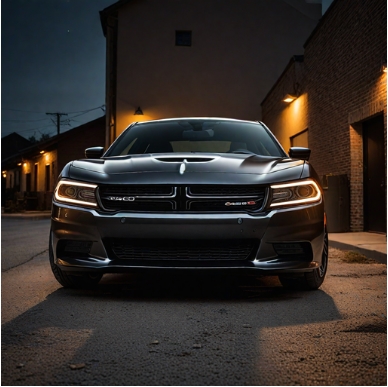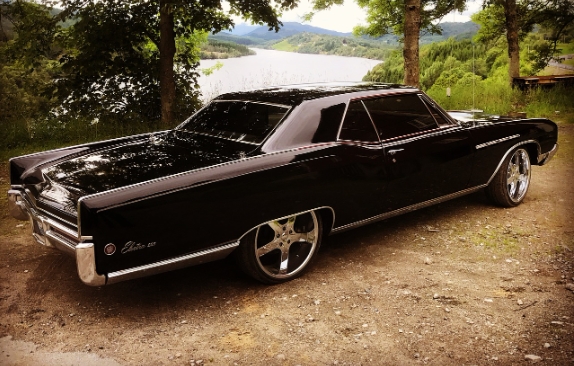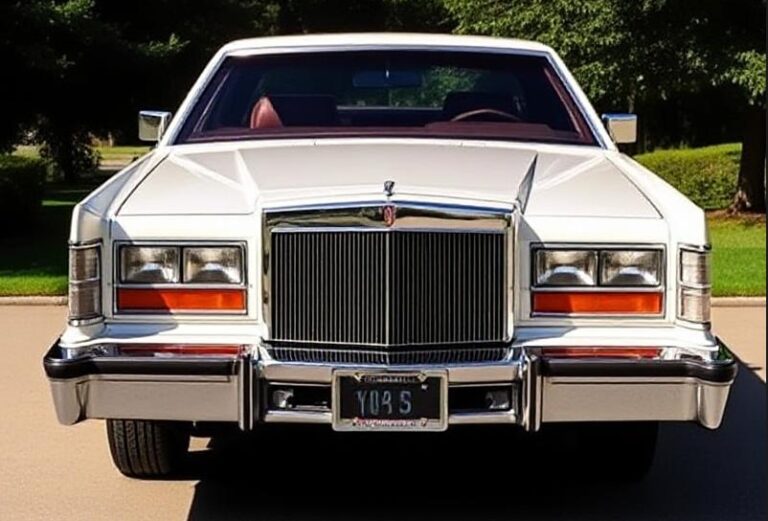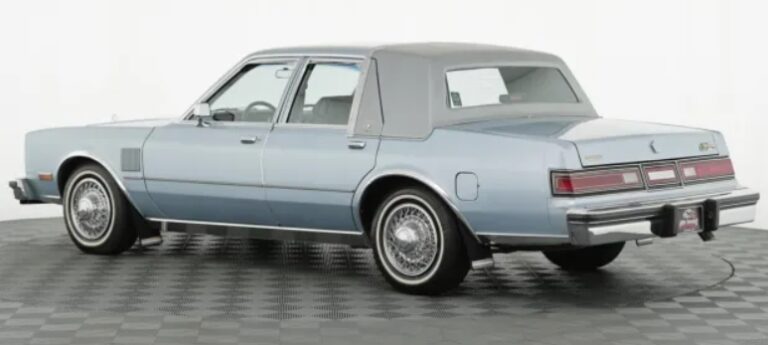The Evolution of the Yugo GV: A Comprehensive Look at an Automotive Icon
The Yugo GV, affectionately known as a symbol of Eastern European automotive production, stands out for its remarkable journey in a relatively short span of time. Hailing from the former Yugoslavia, the Yugo GV became well-known to American consumers in the late 1980s and early 1990s due to its affordability. In this article, we will explore the Yugo GV’s evolution, detailing its production years, models, and trim levels.
The Origins: Background and Production Years
The Yugo GV (model name derived from “Gospodarsko Vozilo,” which means “Economic Vehicle”) was produced from 1980 until its cessation in 1992. The car was based on the Fiat 127, a design that originated in Italy and had already garnered considerable success in Europe. The Yugo was manufactured by the Zastava Corporation in Kragujevac, Serbia, which was then part of Yugoslavia.
In 1985, the United States market first encountered the Yugo GV when it was introduced by importer Malcolm Bricklin. Aimed at budget-conscious consumers, the Yugo represented an entry point for the American public to experience a product from a communist nation, but it also faced skepticism and criticism from automotive enthusiasts and experts alike.
Model Lineup and Trim Levels
The Yugo GV’s lineup during its production run primarily revolved around a few core models and trim levels. Below are the key variations found in the Yugo GV series.
- Yugo GV (1985-1991):
- This was the base model and set the tone for the entire lineup. The GV was characterized by its simple, unembellished design, which highlighted utility over luxury.
- Engine: The Yugo GV was outfitted with a 1.1-liter I4 engine capable of producing around 55 horsepower.
- Features: Basic interior features included manual windows, a simple radio, and cloth seating. This vehicle was designed to be minimalistic and economical.
- Yugo GVL (1986-1991):
- The GVL was introduced as a slightly upgraded variant of the GV, adding some additional features without drastically changing the price point.
- Interior: It featured upgraded cloth upholstery, and an AM/FM radio, along with optional options for air conditioning.
- The GVL also received minor aesthetic enhancements, such as additional color choices and improved fit-and-finish inside the cabin.
- Yugo GVX (1987-1991):
- The GVX was marketed as a sportier version of the Yugo GV. It offered a more powerful engine than its siblings, with a 1.3-liter engine producing about 70 horsepower.
- Performance: The GVX incorporated sport-tuned suspension to enhance handling and driving dynamics, making it a more interesting choice for driving enthusiasts.
- Unique features included a rear spoiler and sportier styling elements, including distinctive wheels and interior embellishments.
- Yugo Cabrio (1989-1991):
- As a departure from the standard coupe design, the Yugo Cabrio introduced convertible features to the lineup, expanding the car’s appeal.
- The Cabrio was based on the Yugo platform but had a retractable canvas roof, offering a spirited driving experience, especially during warmer months.
- Engine and features remained consistent with the GV and included the same engine options with minor stylistic changes.
- Yugo California (1991):
- Designed specifically for the American market, the Yugo California was an attempt to modernize and appeal to consumers longing for affordable vehicles.
- Features: It came with improvements such as updated interior styling, slightly revised suspension, and larger bumpers. This model was aimed at capturing the spirit of California’s car culture while maintaining economic feasibility.
.
50 years of Automotive Trends.
It’s TRULY amazing what’s happened in the last half of a century to automobiles!
.
Market Reception and Challenges
Despite its intentions to cater to budget-conscious consumers, the Yugo GV was met with a mixed reception. Many Americans were drawn to its low price point (often under $5,000), but the car quickly garnered negative reviews concerning build quality and reliability. This sentiment was exacerbated by accelerating mechanical issues observed in several models. Critics often pointed to cost-cutting measures that impacted the assembly and finishing processes, resulting in cars that frequently underperformed compared to competitors.
Another challenge the Yugo faced was its association with stereotypes about Eastern European cars. The Yugo became a target of ridicule, often referred to as the “worst car ever” or “the car that failed America.” Its design, both inside and out, drew comparisons to glorified go-karts rather than conventional cars.
End of the Road
By the early 1990s, the political and economic turmoil in the former Yugoslavia became critical. The civil conflict within Yugoslavia coupled with the falling production numbers impacted the Zastava plant significantly. The Yugo was discontinued in 1992 after the cessation of trade agreements with the United States and political instability in the region worsened.
Though the brand experienced a range of criticisms, the Yugo GV holds a certain nostalgic allure for many who remember their time spent with this quirky little car. The Yugo GV also stands as a reminder of the global automotive landscape’s shifts and the impact of history on consumer products.
A Cultural Legacy
In recent years, the Yugo GV has garnered something of a cult status, appealing to collectors and enthusiasts even amidst its unremarkable reliability. The classic car community often seeks out Yugos for restoration projects, appreciating them as relics of an era when automotive production was just beginning to globalize.
The evolution of the Yugo GV is not just a tale about a car but an illustration of how cultural and economic contexts shaped consumer experiences and expectations. It showcases a blend of Eastern European ingenuity and American consumerism, forever etched in automotive history.
In retrospect, the Yugo GV paved the way for discussions on affordability in the automotive market, demonstrating significant lessons for both manufacturers and consumers alike. Though its production may have ended years ago, the Yugo GV remains an unforgettable chapter in the annals of automotive history, representing an era of simplicity, practicality, and a complex intersection of cultures.







